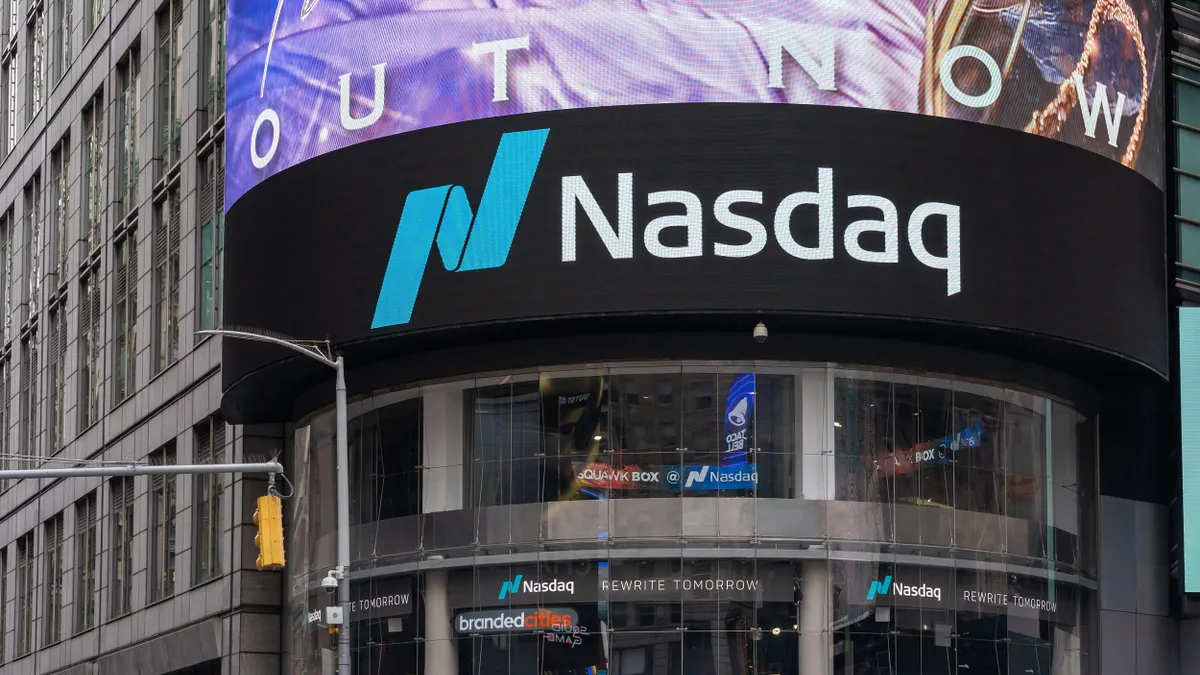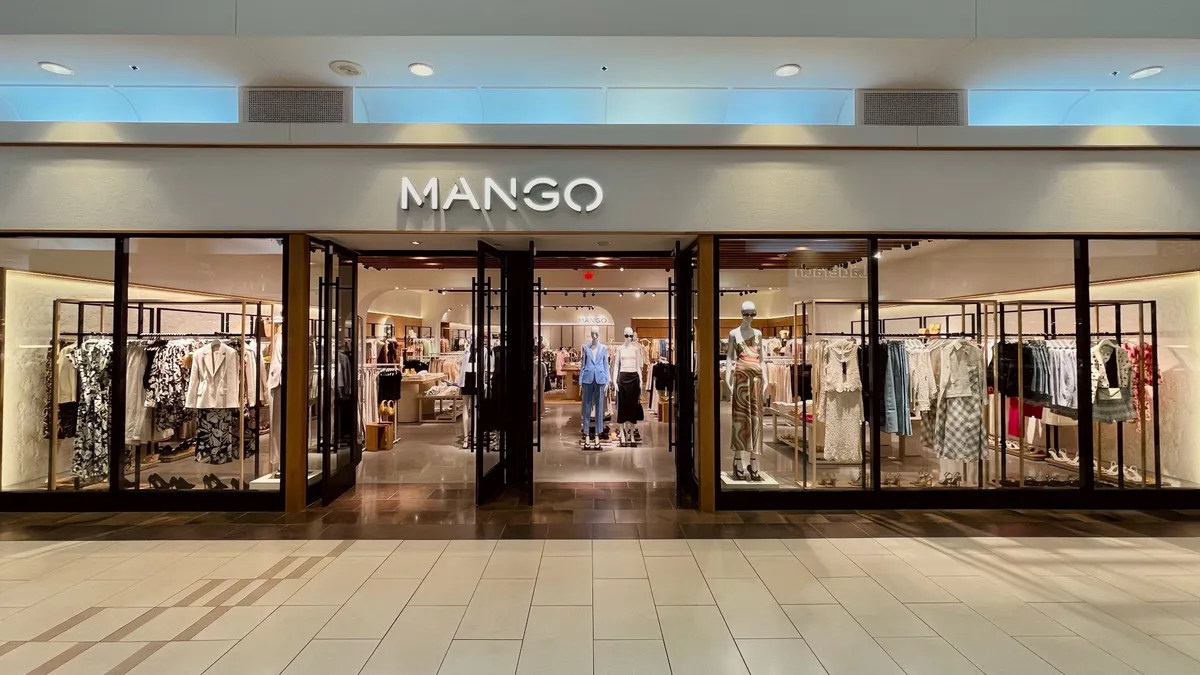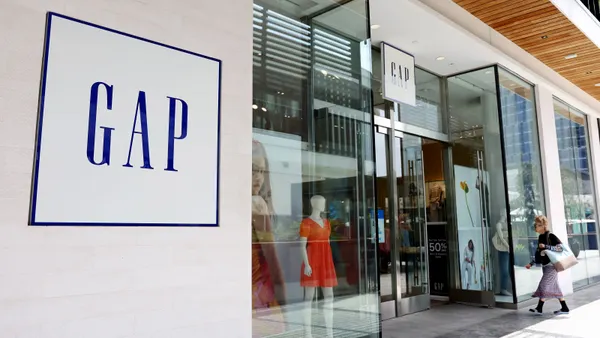The following is a guest post from Christopher Walton, an independent consultant and former vice president, Target Store of the Future.
After months of speculation, Amazon last week raised the curtain on its newest and shiniest toy — Amazon Go. Time will tell, but Amazon Go could be the next great innovation in retail. However, unlike the retail innovations of the past, this time it is not Sears or Walmart picking up the tab. This time it just may be the American consumer and American businesses who are left writing the checks on Amazon's behalf.
Retail innovation cycles roughly every 30 to 40 years, putting us right on the precipice of another great retail innovation. The 1920s saw the rise of the department store, the late 1950s and early 1960s saw the rise of the American shopping mall and mass-merchants — birthing the likes of Walmart, Kmart, and others — and the 1990s ushered in e-commerce. If history repeats itself, and it looks like it does in retail, then we are about due for something new.
Rarely do we see one company hit on something twice (Sears did, with its catalog and then the move into department stores), but Seattle's Jeff Bezos is about to leave his mark on our industry for a second time and it won't be with the first fully automated store in the United States. No, the innovation he and the Amazon team are about to give us is the first personalized physical space.
As cool as this sounds, especially to omnichannel geeks like me, something is still eerily unnerving about Amazon Go when we step back and look at it from 30,000 feet, rather than from inside the 1,800 square feet installation in Seattle that it currently is.
From inside Amazon Go, it no doubt looks awesome. While I have yet to go there myself, colleagues tell me it is a sight to behold.
"Amazon rarely opens anything to the public en masse unless Amazon knows it has a home run, which is exactly what scares me. "

The media, too, is singing a similar tune. Words like "flawless," "not beta" and "absolutely fascinating" are being bandied about with more regularity than when my tabula rasa toddlers amuse each other with their recently discovered scatological humor.
But step back and take a broader industry view — Amazon Go may just be the scariest thing in our retail lifetime regardless of its awesomeness. No doubt Amazon Go is awesome, because it should be awesome!
Amazon Go should be awesome because a) it is only 1,800 square feet and b) it is Leona Helmsley expensive. We should be (and are) asking questions like "Can this idea scale? Can the tech work eventually in apparel? Why go the visual technology route vs. scan-and-go?"
But at the end of the day, none of these in-depth analyses matter. Amazon rarely opens anything to the public en masse unless Amazon knows it has a home run, which is exactly what scares me.
Amazon knows it has a home run and more importantly, knows that it is swinging for the fences within an entirely different game than the rest of the competition.
Advantage No.1: Amazon's customers do not have preconceived notions about an Amazon shopping experience. How to shop a physical location under the Amazon brand is not pre-wired into our brains the same way it is at a Walmart, Macy's, etc. Even if Amazon Go was not insanely expensive, legacy brick-and-mortar competitors would have a hard time rewiring their stores to operate in a similar manner because shoppers, especially older-age shoppers, would get frustrated. And therefore financials would be impacted with likely little patience from Wall Street, in the short-term.
Advantage No.2: Neither Wall Street, nor the American public, ever seem to give two sh*ts about the rules Amazon plays by, which is why when Amazon released two similarly themed press statements over the last few weeks, my heart sank like a stone into my throat. It should not go unnoticed that in roughly the same week Amazon opened Amazon Go, it also announced that it was raising the cost of monthly Prime subscriptions and seller fees.
"Amazon usually looks for ways to give its partners and customers more equity for the price, not the other way around. So what do these recent moves portend? Why is Amazon suddenly trying to widen its margins?"

These moves, in addition to other recent announcements like centralized buying at Whole Foods, go against the ethos of Amazon. They go against the symbiotic relationships inside of Amazon's own flywheel. They smell of cost control and profit maximization rather than the almost insane concern Amazon has, up until now, always shown to the value equation (equity over price) it gives to customers. Amazon usually looks for ways to give its partners and customers more equity for the price, not the other way around.
So what do these recent moves portend? Why is Amazon suddenly trying to widen its margins?
It is possible that an Amazon Go home run could be the reason. If Amazon begins to open more Amazon Go stores within the year, it likely portends that Amazon does not care how expensive these stores are and that it will stop at nothing to flood the market with them – competitor grocery and drug stores be damned!
Amazon knows it can charge its addicted customers and sellers more to subsidize the Go effort, that it can continue to run its quarterly profit as close to zero as possible, and that Wall Street will continue to turn a blind eye as long as Amazon keeps inching closer and closer to becoming the first trillion-dollar company.
All the while, Amazon's competition will be impotent. They will continue to be trapped between a rock and a short-term quarterly earnings hard place. The competition can't change its legacy operations for the reasons mentioned above and even if they could, the damn tech is so expensive that there is no way they could roll it out to stores at the same pace and degree as Amazon because the shareholders will not let them. The return-on-investment of stores run by visual recognition technology simply does not pencil in, even in crayon, right now.
"As much as I love technology, getting to a retail world of automation as fast as humanly possible may not be the best thing for America."

But Amazon does not care because Amazon likely knows it has us all fooled. They have us buying into the slogan they shared at last year's ShopTalk conference – "Finding a product customers love is paramount . . . you can figure out how to manage the costs later." It sounds like a great slogan on the surface, but dig a bit deeper and with a more critical eye, and it sounds awfully like something much more nefarious. It's oddly reminiscent of a pyramid scheme.
Is it possible that Amazon Go is just that — the next apex of the pyramid? First, Amazon started with e-commerce, then it moved onto Prime and then into Amazon Web Services. Each succeeding step paid off the big bets of the preceding steps before them. Is Amazon Go the next great American sell job to keep the wheel spinning? And at what cost?
Who the hell knows for sure, but quite possibly it is, and quite possibly the American consumer and American businesses will be the ones left holding the bill. Wall Street holds Amazon to a different set of expectations, and if the government continues to turn a blind eye, Amazon can tweak the now inelastic demand curves for its products as much as it desires while Walmart, Kroger and others run like three-legged dogs to keep up, with their hands also tied behind their backs in the form of the profit expectations of their shareholders.
Even if Amazon Go doesn't work, Amazon could still leverage its nearly zero cost of capital to build a ton of them, and the mere capital investment of trying to keep up could sink the most dimwitted of the competition. Few, if any, stand a chance to compete effectively.
But should we blame Amazon? Wouldn't we all do the same thing under the same conditions? I mean, seriously, monopolistic power worked for Carnegie and Rockfeller, why shouldn't it work for Jeff Bezos too? I mean, what could go wrong? Wouldn't we all love a red hotel on Park Place?
"Amazon may in fact become the 21st century opium of American consumerism, if it has not already. And we, like addicts, may be in danger of funding our addiction at all costs while the dealer sits back and reaps the rewards."

What could go wrong, is that we don't know what a future in the Amazon Go world looks like. We don't know who wins and who loses in the equation, to say nothing of our generally held American beliefs in equality of opportunity and a level playing field for businesses too. As much as I love technology, getting to a retail world of automation as fast as humanly possible may not be the best thing for America. Our locales may not be ready for the disruption. Say what you will of the government, but the rules of capitalism (profit and loss) used to put at least some guardrails on the speed of such a transition, but now it appears we do not even have those rules to fall back on.
If we see hundreds of Amazon Go stores populate our national landscape within the next few years, it is a tell — a tell that we are in for more than we can handle. A tell that we, as consumers, as businesses, as the government, etc. should step in and examine more closely what the hell is going on. Amazon Go stores are likely too expensive to stand on their own financially, without some form of irrational help from somewhere for a long period of time.
Amazon may in fact become the 21st century opium of American consumerism, if it has not already. And we, like addicts, may be in danger of funding our addiction at all costs while the dealer sits back and reaps the rewards. So, we must be prepared. We must start asking tougher questions and demanding more of our leaders. Pyramid schemes rarely crumble without disastrous repercussions, so let's do what we can now to cushion the blow.
Let's rally not around the latest shiny penny. Let's rally not around Amazon Go. Let's rally around what it really is: Amazon Uh Oh.





















